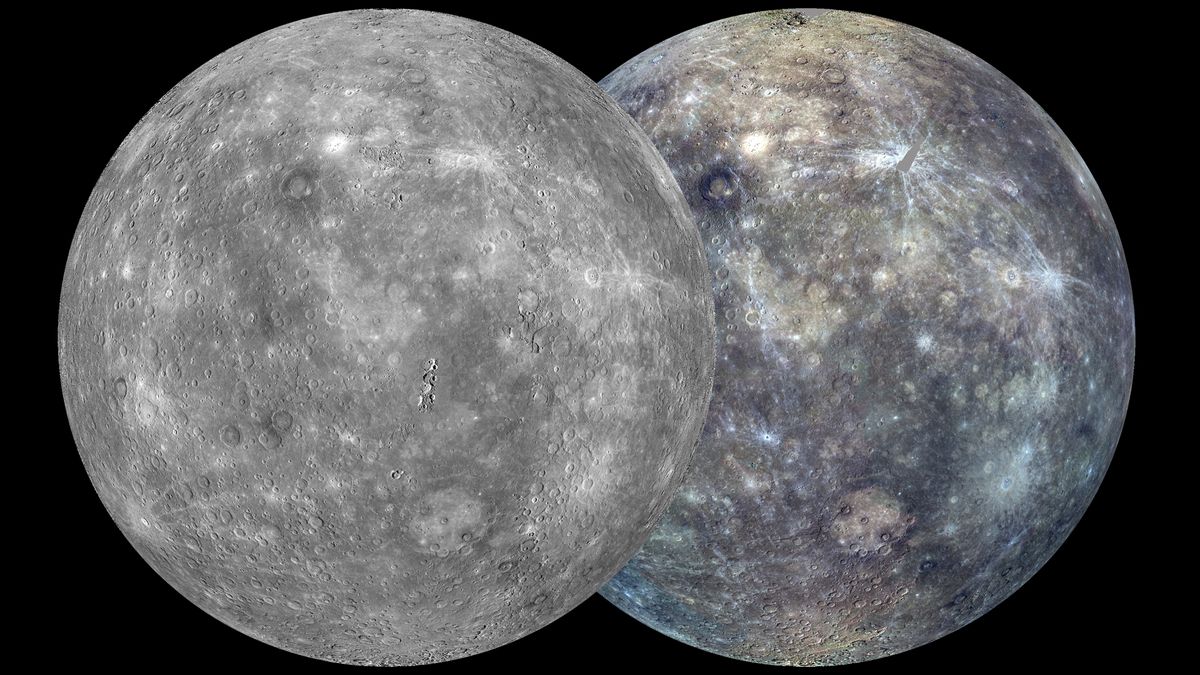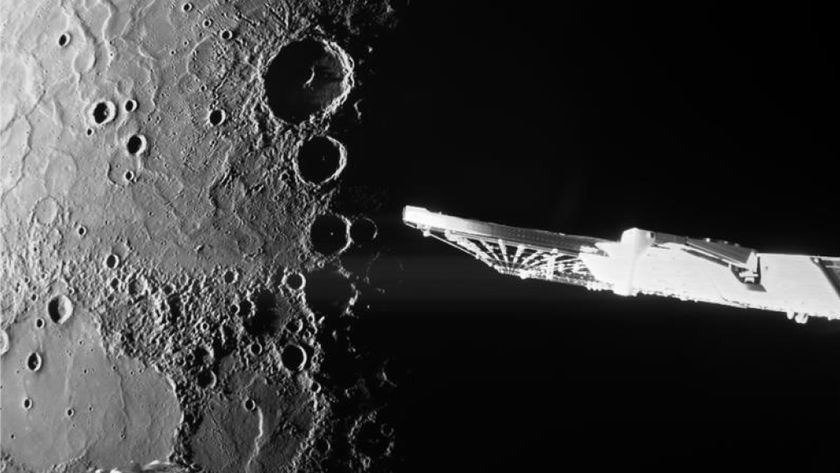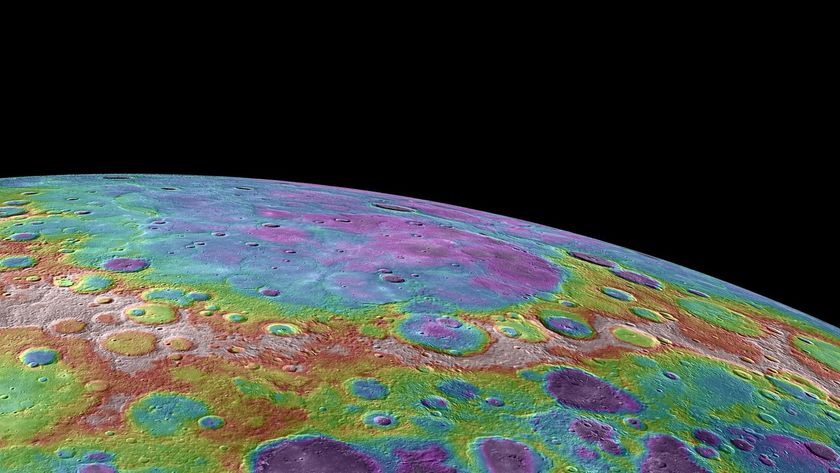NASA Spacecraft Makes 1st Complete Map of Planet Mercury

The surface of the planet Mercury has been completely mapped for the first time in history, scientists say.
The closest planet to the sun hasn't received as much scientific attention as some of its more flashy solar system neighbors, such as Mars, but NASA's Messenger spacecraft is helping to close the gap. The probe has been in orbit around Mercury since March 2011, and its team announced Feb. 28 that the spacecraft had finished mapping the planet's surface.
"We can now say we have imaged every square meter of Mercury's surface from orbit," said Messenger principal investigator Sean Solomon of the Johns Hopkins University Applied Physics Laboratory in Laurel, Md. "Admittedly, some regions are in permanent shadow, but we're actually peering into those shadows with our imaging systems."
Before Messenger, less than half the surface had been imaged by NASA's Mariner 10 spacecraft, which made several flybys of Mercury in 1974 and 1975. Messenger is the first probe to orbit the planet. In addition to photographing the unseen parts of Mercury, the spacecraft substantially improved on the resolution of existing maps. [Latest Mercury Photos by NASA's Messenger]
"When we set out with the Messenger mission we didn't know if the planet would look like the other half that was seen in the '70s," Solomon told SPACE.com. "There was a great debate over how important volcanism was in the history of Mercury."
Messenger quickly showed that not only did volcanism occur during Mercury's past, but it might have been widespread.
The spacecraft also revealed never-before-seen types of terrain on the planet, such as surface pockmarks called hollows that scientists suspect are created when volatile materials sublimate off the surface.
Sign up for the Live Science daily newsletter now
Get the world’s most fascinating discoveries delivered straight to your inbox.
"Unstable material is exposed to the temperatures and space environment, and slowly over thousands, maybe millions, of years, it's lost to Mercury's atmosphere and to space, to create a depression or hollow in an area where there are often many such hollows that etch the terrain," Solomon said.
The $446 million Messenger probe (which stands for MErcury Surface, Space ENvironment, GEochemistry, and Ranging) launched in 2004. It made one flyby of Earth, two flybys of Venus and three flybys of Mercury itself before finally entering orbit around its destination planet in 2011.
The Messenger spacecraft's primary mission ran through March 2012, but it was granted a one-year extension to operate until March 2013. Now the Messenger mission science team is hoping NASA will approve a second mission extension for two more years, that would last until the spacecraft runs out of fuel and crashes into Mercury's surface.
This story was provided by SPACE.com, sister site to Live Science. Follow Clara Moskowitz on Twitter @ClaraMoskowitz or Google+. Follow us @Spacedotcom, Facebook or Google+. This article was first published on SPACE.com.













